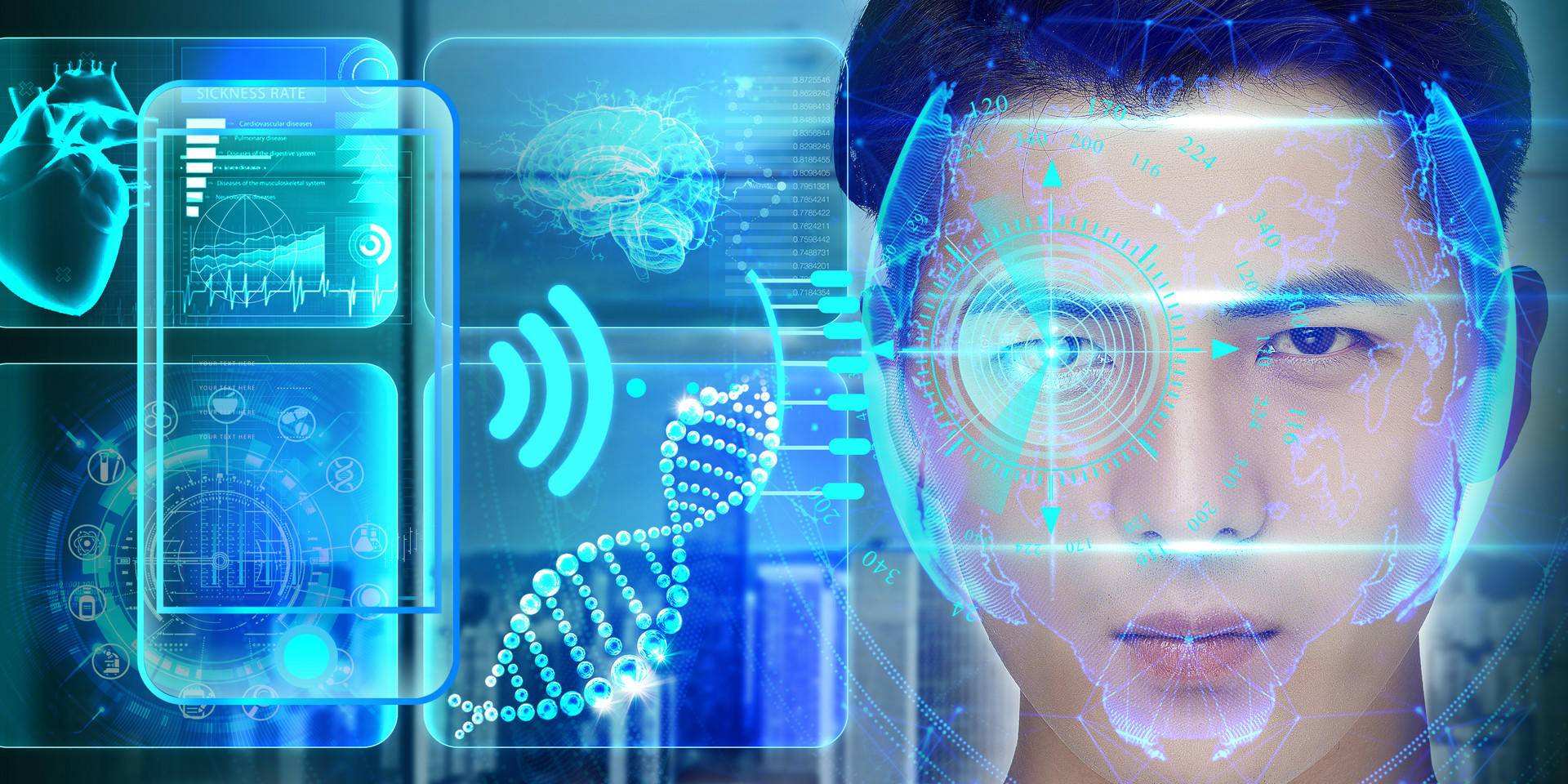
얼굴인식기술 is transforming your face into the ultimate digital passport. What began as sci-fi fantasy now unlocks smartphones, speeds you through airports, and even reads emotions—all with a single glance. But how does this revolutionary AI actually work? From its astonishing accuracy to heated privacy debates, we reveal how facial recognition technology is silently revolutionizing security, shopping, and our daily lives.
This article explores how facial recognition technology works and its real-world applications. From smartphone security to AI identification systems, we examine this transformative technology’s capabilities.
What Is Facial Recognition Technology?
Facial Recognition Technology is an advanced, AI-powered biometric system that accurately identifies or verifies individuals by analyzing facial features. Unlike traditional passwords or fingerprint scans, it provides a seamless and contactless authentication experience. This makes it particularly ideal for enhancing security in various sectors, including retail, banking, and smart devices.
How Does Facial Recognition Technology Work?
The process of Facial Recognition Technology typically involves four key steps:
얼굴 인식
The facial recognition system begins by capturing high-resolution images or real-time video footage of a person’s face through specialized optical cameras or surveillance equipment.
This capture phase is critical as it establishes the quality foundation for all subsequent facial analysis and matching processes. Modern systems can simultaneously track and capture multiple faces in crowded environments with over 95% detection accuracy under optimal conditions.
Face Analysis
The advanced facial recognition software meticulously analyzes and maps over 80 distinct nodal points on an individual’s face, creating a precise biometric blueprint.
This digital faceprint becomes the reference template for all future authentication attempts, with modern systems achieving <0.1% false acceptance rates.
Face Encoding
The analyzed facial features are transformed into a unique digital code (often called a “faceprint”), which serves as a mathematical fingerprint for identification.
Example: Your face becomes a 128- to 512-digit vector that systems compare without storing actual photos.
Face Matching
The system instantly matches the facial signature against stored templates in its database to verify identity.
Example: Your faceprint is cross-checked against employee records to unlock office doors.
Facial recognition verifies identity in 1-3 seconds using AI. It matches compact face data (<2KB) with 99.9% accuracy. The fast, secure system works well for busy places like offices and airports. It checks faces contactlessly while stopping fakes. The technology needs little storage but gives strong protection. It’s used from phones to security systems, balancing speed and safety well.
Advantages of Facial Recognition Technology
Facial Recognition Technology provides numerous benefits that make it a preferred choice for security and identity verification:
강화된 보안
Facial recognition eliminates password risks by replacing vulnerable credentials with secure biometric authentication. This technology prevents common security issues like stolen passwords, phishing attacks, and credential sharing while offering convenient, tamper-proof access.
Contactless Authentication
Facial recognition is ideal for hygiene-focused environments like hospitals and airports, offering completely contactless authentication. By eliminating the need to touch shared surfaces, it reduces germ transmission while maintaining security. The touch-free operation makes it perfect for high-traffic public spaces where cleanliness is a priority.
Speed and Efficiency
Facial recognition technology identifies individuals in just 1-3 seconds, significantly reducing queue times and improving throughput in high-traffic areas. This rapid authentication enables seamless access control while maintaining strict security standards, making it ideal for busy environments like office buildings, airports, and stadiums where efficiency is crucial. The system’s near-instant processing eliminates bottlenecks caused by traditional verification methods, allowing organizations to handle large crowds smoothly without compromising on safety or user experience.
확장성
Facial recognition seamlessly integrates with various security systems, from smartphones and smart locks to enterprise access control and city surveillance networks. Its flexible architecture supports deployment across different scales while maintaining high performance.
Real-World Applications

의 사용 Facial Recognition Technology is expanding across multiple industries, including:
1.Security & Law Enforcement
Used for surveillance, criminal identification, and border control.
2.Smartphones & Consumer Electronics
Enables secure device unlocking and personalized user experiences.
3.Banking & Finance
Enhances security in mobile banking, ATM access, and financial transactions.
4.Retail & Hospitality
Improves customer service through personalized experiences and contactless payments.
5.Healthcare
Provides seamless patient identification and medical record access.
Market Growth and Future Prospects
결론
Facial Recognition Technology is revolutionizing the way we authenticate identity and enhance security. With its rapid adoption in various sectors, this technology is paving the way for a safer, more efficient, and more convenient world. As it continues to evolve, businesses and consumers alike will benefit from its ability to provide seamless, secure, and intelligent access control solutions.
If you’re looking to integrate Facial Recognition Technology into your business, now is the time to explore the possibilities and stay ahead in the world of biometric security.
FAQ Shema
Yes, when implemented with strong security measures, facial recognition is a safe and reliable authentication method. However, data privacy regulations must be followed to protect users’ personal information.
Advanced facial recognition systems use liveness detection to prevent spoofing attempts using photos, videos, or masks.
Some systems function offline, but cloud-based facial recognition solutions require an internet connection for real-time processing and database matching.
It is widely used in law enforcement, mobile devices, banking, retail, airports, and healthcare sectors for security and authentication purposes.
Concerns include privacy issues, potential misuse by authorities, and biases in AI algorithms. Governments and organizations are working on regulations to address these challenges.

